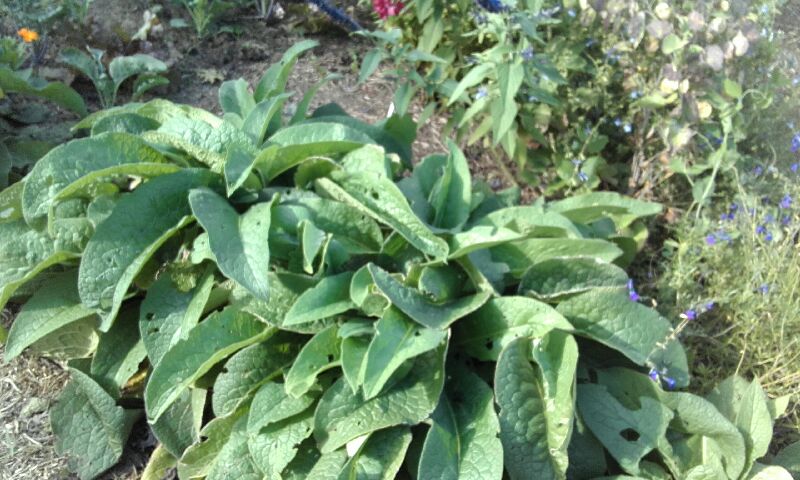Reading through a Grass Roots on the weekend I happened to come across, an ad Rosemary had placed in the Grass Roots Magazine. I love to collect Heirloom Seeds and strongly believe my little growing collection will have an impact on my grandchildren’s future one day. Whilst looking at her products I came across the following article and asked Rosemary if I could share it with our community.
A little bit about Rosemary
Rosemary Stevenson lives north west of The Great Dividing Range, on the Victoria/South Australia border.’ I like to acknowledge the stories and people behind some of my seeds. These often came to me via The Seed Savers’ network, Garden Clubs, Seedy Saturdays and readers of Grass Roots Magazine, for which I used to write articles.
Biodiversity is diminishing in the area of old fashioned, heirloom, heritage, open pollinated vegetable plants. Many varieties have been lost in the last 30 years. As a seed curator, I’m trying to preserve what I can of such food plants.’
Rare Green Seeds is run as a hobby

I would like to share my following recipe for free fertilizer:
I make two lots of Green Fertilizer each year. One in spring and one in autumn. It is late April and I have just cut the Comfrey and stuffed it into a large plastic garbage bin, which has a vermin proof lid. I simply added water and will let it ferment over winter in a nicely sheltered sunny spot.
In spring I will strain off any plant solids and dilute the green tea at a rate of about 1 litre of tea to 10 litres of water ( a regular watering can capacity). Comfrey fertilizer has many minerals, and vitamins and also protein. It is good for all garden plants and is a real Universal plant food.
Comfrey – Symphytum Officinale. A truly wonderful herb.
In spring there will be plenty of nettles. Stinging Nettles. The nettle is as valuable as food and medicine as is comfrey. How sad that most people do not understand this. Nettle is also full of minerals, and protein and is a blood cleanser. It is an ideal tea for humans especially in spring when the bodily systems can be sluggish from poor winter diet and lack of exercise. Fresh young nettles make a delicious spinach when lightly steamed or stir fried. Pick them with gloves on but once cooked the sting goes.
In spring there are usually other good deep rooted green weeds that can be added to the fertilizer; Burdock, Dandelions, and lighter plants such as Chickweed, and left over vegetable plants of kale, silver beet or spinach can also go into the brew. Likewise, herbs such as chamomile and thyme, mint and sage made good additions to this batch of plant food.
If harvesting wild weeds from outside your own garden, try to be sure that no herbicides have been sprayed there recently. Woody green waste can also be used to make fertilizer. Old garden plants of annual flowers and vegetables will break down nicely over time. It helps to roughly chop up the tougher stems, and bigger leaves.
Autumn leaves of deciduous trees such as oaks and stone-fruit trees, which are relatively small and fine, also can be added to fertilizer.
In winter, I place the bins in a sunny spot, but in summer, they go along a shaded fence line.
These green tea fertilizers are also good for adding to compost bins and heaps, as well as for seedlings and as foliage feed for all garden plants.
Enjoy the benefit Rosemary



